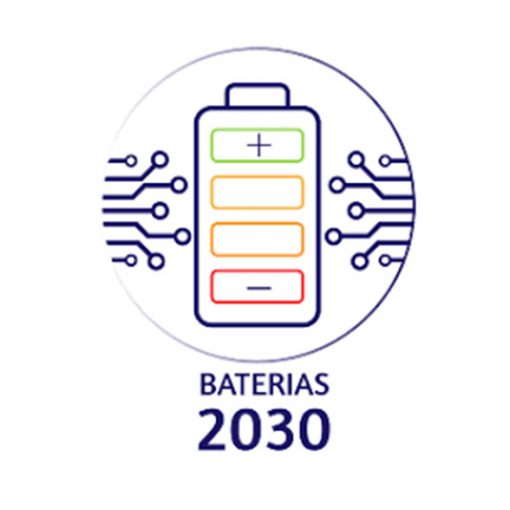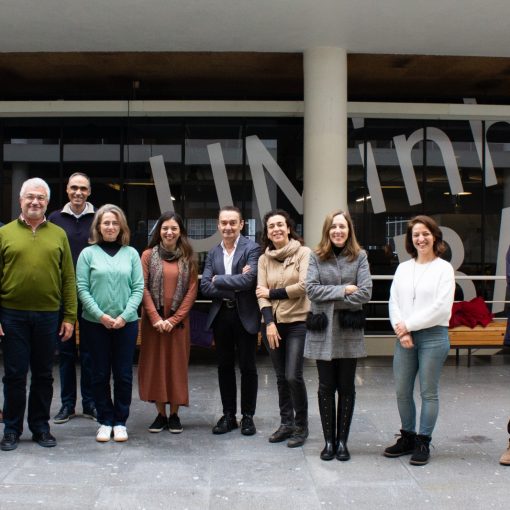The ALGORITMI Centre of the School of Engineering of the University of Minho is one of the entities involved in NETEDGE, a research and technological development (ID&T) project worth two million euros led by the company dstelecom that will be implemented in co-sponsorship with UMinho (via ALGORITMI), the Institute of Telecommunications, and the companies e bysteel fs, Fapajal and Bee Engineering S.A.
NETEDGE is focused on edge computing for users of fibre optic networks and aims to research and develop cutting-edge technologies in the area of distributed computing.
The main objective of this research, which has a 31-month execution period, is to provide computing and storage resources close to the source in order to reduce response time and bandwidth consumption.
Edge computing, in addition to powering 5G technology, will be vital to meet the demanding requirements of applications that require ultra-low latency and high bandwidth. Industry, together with standardisation bodies and R&D partners, has been collaborating to create standards, software components and reference architectures, with ETSI‘s Multi-access Edge Computing (MEC) being the most relevant. However, there is still no interoperable and agnostic market solution.
In this context, NETEDGE partners have identified a strategic opportunity that aims to develop a MEC system that can be explored and replicated, thus creating business opportunities for all participants. The research activities also include contributions at the level of security guarantees and orchestration of the MEC Platforms network.
The prototype of this system will be tested and validated in a real environment, facilitated by the participation of bysteel fs and Fapajal, industrial partners of the project, which enable the application of the technology to two distinct Industry 4.0 use cases.

For Helena Fernández, responsible researcher of the UMinho team, this project will represent an opportunity to investigate innovative technologies, with the potential to create technological advances that will respond to fundamental social issues. In addition, it will enable cooperation with relevant partners, in particular the company dstelecom, with which UMinho has established an important long-term collaboration.
In turn, João Faria from dstelecom adds that “this project mirrors the success that the cooperation between UMinho and dstelecom projects in terms of scientific results and socio-economic impact. In the context of the company’s business model, this project will allow broadening the spectrum of the commercial offer and will provide it with knowledge in a segment in great expansion”. Still with regard to the specific impact on the activity of the companies involved, João Faria explains that “For BySteel, this pilot will allow it to equip its manufacturing unit with cutting-edge technology in the field of Industry 4.0, with a direct impact on the safety of its employees and also in increasing production capacity.”
What are the benefits of edge computing?
Edge computing can mean faster, more stable services at a reduced cost. For users it means a faster, more consistent experience. For businesses and service providers it means low latency applications with high availability and real-time monitoring.
Edge computing can reduce network costs, avoid bandwidth caps, reduce transmission delays, restrict service failures, and offer greater control over the movement of sensitive data. Loading times are reduced and online services are established closer to users to enable dynamic and static caching capabilities.
For applications that benefit from shorter response times, such as virtual and augmented reality, edge computing is a big advantage.
Other benefits of edge computing include the ability to conduct big data analysis and aggregation locally, enabling near-immediate decision making. In addition, edge computing reduces the risk of sensitive data exposure because processing occurs in the access network. As a result, companies can more easily implement security practices and comply with regulatory policies.
More information about the NETEDGE project can be found here.



